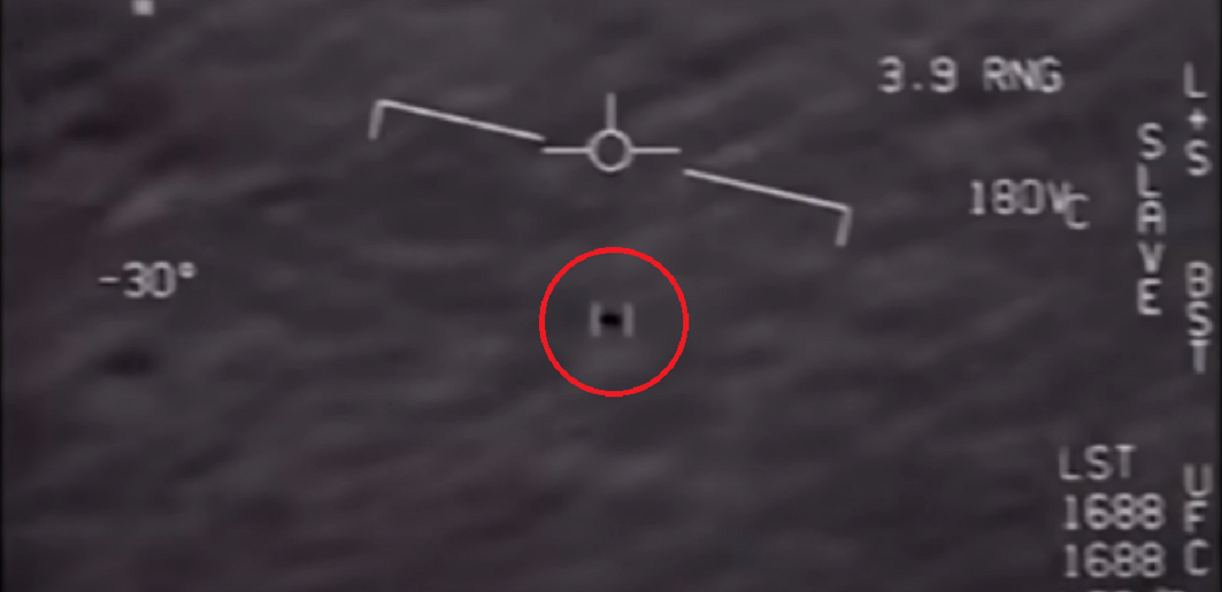In March 2021, astronomers observed a high-energy burst of light from a distant galaxy. Assigned the name AT 2021hdr, it was thought to be a supernova. However, there were enough interesting features that flagged as potentially interesting by the Automatic Learning for the Rapid Classification of Events (ALeRCE). In 2022, another outburst was observed, and over time the Zwicky Transient Facility (ZTF) found a pattern of outbursts every 60–90 days. It clearly wasn’t a supernova, but it was unclear on what it could be until a recent study solved the mystery.
Continue reading “Two Supermassive Black Holes on the Verge of a Merger”Two Supermassive Black Holes on the Verge of a Merger










